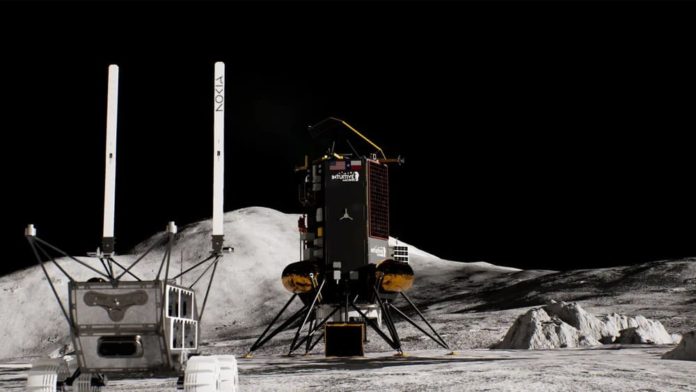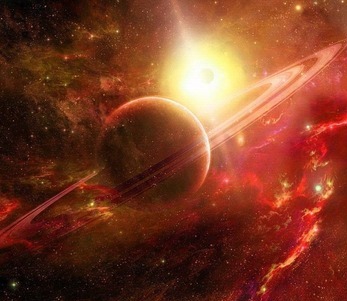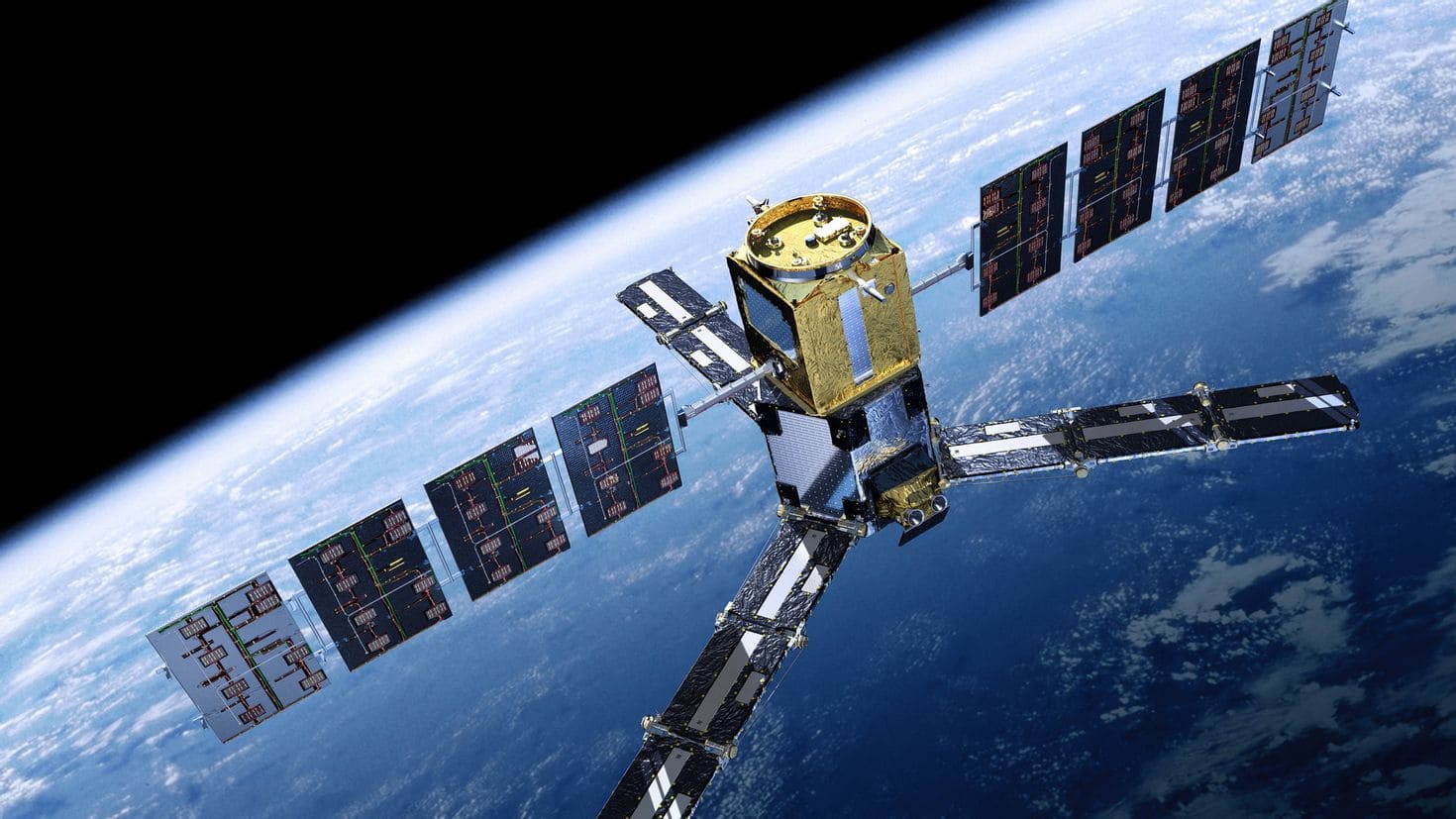This means that we could text on the Moon and stream from Mars. NASA thinks this will happen soon. They signed a contract with Nokia to put 4G on the Moon. This technology will be in a landing vehicle from Intuitive Machines. It will launch to the Moon in December.
The main goal of the Artemis lunar programme is to establish a sustainable human presence on the Moon. Wireless communications will be useful there. NASA wants astronauts to be able to share scientific data and high-definition video.
‘This will create a lunar communications network that will let our researchers talk to Mission Control and their families as if they were walking down the street talking on a mobile phone,’ said Walt Engelund, deputy associate administrator for programs in NASA’s Space Technology Directorate.
The agency knows it is hard to set up such a network on an Earth satellite. To do this, need to develop hardware that can work in space without a technician. It also has to work in extreme temperatures, radiation and vacuum.
Bell Labs, a Nokia company, is building an LTE/4G network for the Moon. In 2020, NASA awarded Bell Labs a $14.1 million contract. In January 2023, the US Department of Defence’s DARPA selected Bell Labs to build a communications infrastructure for the Moon.
Bell Labs’ technology allows for smaller towers to support a 4G network. Their signal range is limited, but they require less power and can be placed in a spacecraft.
The ‘Deliver’ technology from Bell Labs will have to land on the moon in a vehicle made by Texas company Intuitive Machines. This is the same company that landed on the Earth’s satellite in late February. Nova-C broke one of its legs and rolled sideways during descent, so it couldn’t do its science programme. It fell asleep on the moon. But the startup’s representatives aren’t giving up and are ready to try again.
If the second Intuitive Machines vehicle lands successfully, it will separate two small rovers to test the 4G communication system. The first rover, Lunar Outpost’s Micro-Moon, will test communications with the base station on the landing vehicle from different distances, up to 2km away. The second rover, Micro-Nova, will try to get to the nearest crater and send high-resolution images and scientific data back to the landing vehicle on Earth. NASA thinks this could create the ‘extraterrestrial Internet’. Future colonists would have access to all the apps and services available to those on Earth.
Bell Labs is also planning to use this technology in the harshest areas of the Earth. If it can survive a flight into orbit and work in space, it will survive in the polar regions, deserts, etc., said Thierry Klein, President of Bell Labs Solutions Research.



